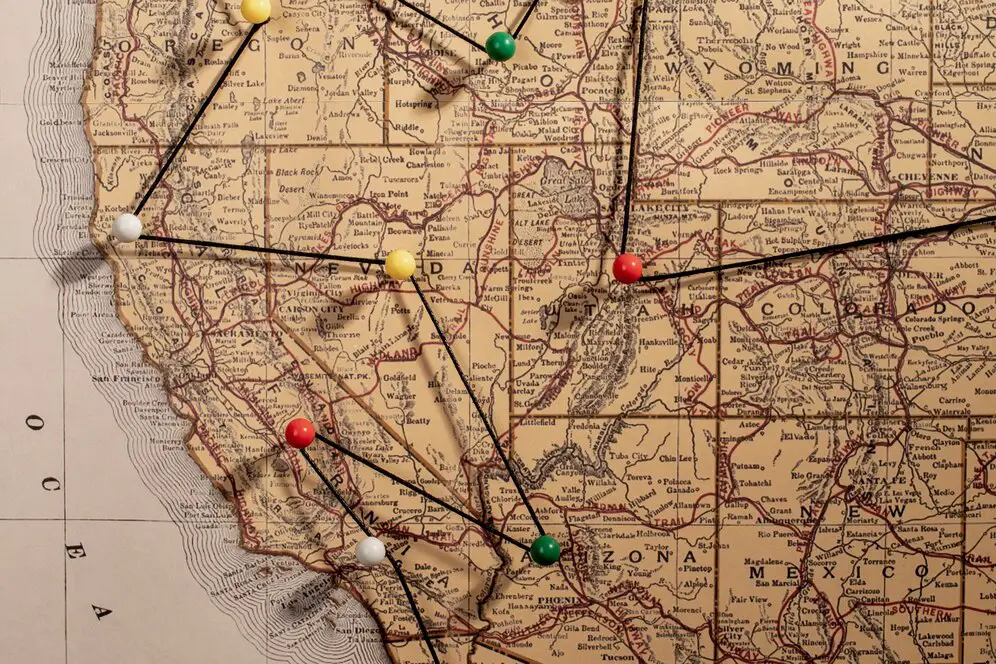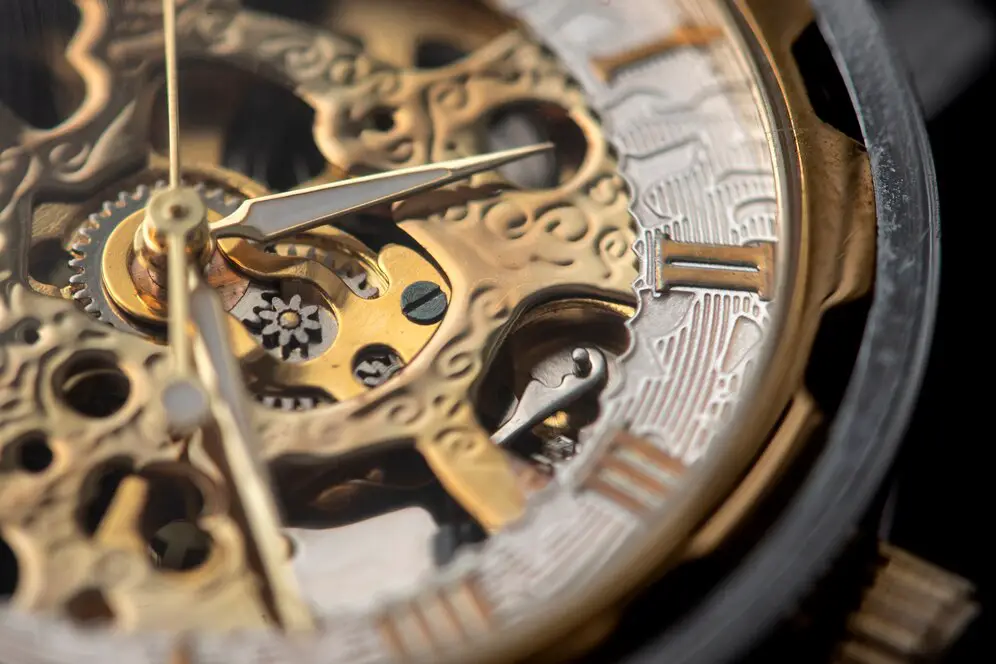What is the free fall definition?
In free fall, an object moves under the influence of gravitational force only. The only acceleration is the acceleration of gravity g. No other force, including air resistance, is acting on such an object.
Interestingly, an object in free fall doesn't necessarily need to be falling (that is, moving downwards). For example, the Moon's motion satisfies all of the conditions listed above: there is no other force acting on it other than gravity (it's being pulled towards the Earth), and there is no air resistance, as there is no air in space.
Why doesn't the Moon crash into Earth, then? It's because Moon's speed is not directed towards Earth, but tangentially to its orbit. Since the Moon is moving along an elliptic orbit with a high enough velocity, its motion generates a centrifugal force, equal and opposite to the force of gravity.
Free fall equation
If you want to calculate the distance traveled by a falling object, you need to write down the equation of motion. If the initial displacement and velocity are both equal to zero, it boils down to:
Calculating Free Fall with Initial Velocity
When an object is already traveling with an initial velocity, we need to account for this velocity in our calculations. The formula for free fall with an initial velocity is:
For distance traveled: \[ s = v_0 t + \frac{1}{2} g t^2 \]
Where:
- s is the distance traveled (in meters, m).
- v₀ is the initial velocity of the object (in meters per second, m/s).
- t is the time of fall (in seconds, s).
- g is the acceleration due to gravity, approximately \(9.8 \, \text{m/s}^2\).
The object's distance traveled is proportional to the fall time squared. This means that with each second, the falling body travels a substantially larger distance than before.
For example, if an object starts with an initial velocity and falls under the influence of gravity, the distance traveled will increase significantly over time, as the time squared term (\( t^2 \)) grows rapidly.
Interesting Fact About Free Fall
According to the free fall formula, the distance an object travels does not depend on the mass of the object. This means that if you drop a feather and a brick, they will hit the ground at the same time. Or at least, that's what science says!
However, in real-world conditions, the brick will hit the ground first due to air resistance. The feather's shape and the way it interacts with the air cause it to fall more slowly than the brick. If you performed the same experiment in a vacuum, both the feather and the brick would hit the ground at the same time.
Example
Calculating Free Fall
Free fall refers to the motion of an object falling under the influence of gravity alone, without any other forces acting on it, such as air resistance. The acceleration due to gravity is a constant, typically \(9.8 \, \text{m/s}^2\) near the Earth's surface.
The general approach to calculating free fall includes:
- Identifying the time the object has been falling, or the distance fallen.
- Knowing the acceleration due to gravity (\( g = 9.8 \, \text{m/s}^2 \)).
- Applying the formula for free fall to calculate the result (either distance or velocity).
Free Fall Formulas
The formulas for free fall are:
- To calculate the distance fallen: \[ d = \frac{1}{2} g t^2 \]
- To calculate the final velocity: \[ v = g t \]
- To calculate the time taken to fall a certain distance: \[ t = \sqrt{\frac{2d}{g}} \]
Where:
- d is the distance fallen (in meters, m).
- v is the final velocity (in meters per second, m/s).
- t is the time of fall (in seconds, s).
- g is the acceleration due to gravity, approximately \(9.8 \, \text{m/s}^2\).
Example:
If an object falls for 3 seconds, the distance fallen is:
- Step 1: Use the formula \( d = \frac{1}{2} g t^2 \).
- Step 2: Substitute the values: \( d = \frac{1}{2} \times 9.8 \times 3^2 = 44.1 \, \text{m} \).
Free Fall with Changing Height
Free fall can also be used to calculate the time it takes for an object to fall from a given height. If an object is dropped from a certain height, the time it takes to hit the ground can be calculated using the time formula.
Example:
If an object is dropped from a height of 50 meters, the time to reach the ground is:
- Step 1: Use the formula \( t = \sqrt{\frac{2d}{g}} \).
- Step 2: Substitute the values: \( t = \sqrt{\frac{2 \times 50}{9.8}} \approx 3.19 \, \text{seconds} \).
Real-life Applications of Free Fall
Calculating free fall has practical applications in various fields, such as:
- Determining how long it takes for an object to hit the ground when dropped from a certain height (e.g., safety tests).
- Calculating the velocity of a falling object, such as a rock dropped from a building.
- In physics experiments, studying the effects of gravity on different objects.
Common Units of Free Fall
SI Unit: The standard unit of distance is meters (m), and the standard unit of time is seconds (s).
The standard acceleration due to gravity is \(9.8 \, \text{m/s}^2\), but in some cases, this value may be approximated as \(10 \, \text{m/s}^2\) for simplicity in calculations.
Common Operations in Free Fall
Distance Calculation: Using the time of fall and the acceleration due to gravity to calculate the distance an object has fallen.
Velocity Calculation: Using the time of fall to calculate the velocity an object reaches when it hits the ground.
Time Calculation: Using the distance fallen to calculate the time it took for the object to reach the ground.
| Problem Type | Description | Steps to Solve | Example |
|---|---|---|---|
| Calculating Falling Distance | Finding the distance an object falls under gravity when given the time of fall. |
|
For an object falling for 3 seconds, the distance is \( d = \frac{1}{2} \times 9.8 \times 3^2 = 44.1 \, \text{m} \). |
| Calculating Final Velocity in Free Fall | Finding the velocity of an object after falling for a given time. |
|
For an object falling for 5 seconds, the velocity is \( v = 9.8 \times 5 = 49 \, \text{m/s} \). |
| Calculating Time of Free Fall | Finding the time it takes for an object to fall a certain distance. |
|
For an object that falls 50 meters, the time is \( t = \sqrt{\frac{2 \times 50}{9.8}} \approx 3.19 \, \text{seconds} \). |
| Real-life Applications | Applying free fall to solve practical problems such as determining the time or velocity of objects in free fall. |
|
If a rock falls from a height of 80 meters, the time of fall is \( t = \sqrt{\frac{2 \times 80}{9.8}} \approx 4.04 \, \text{seconds} \). |










